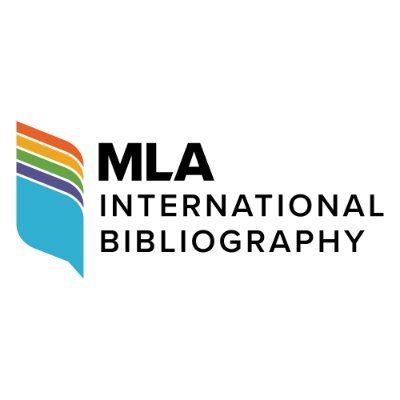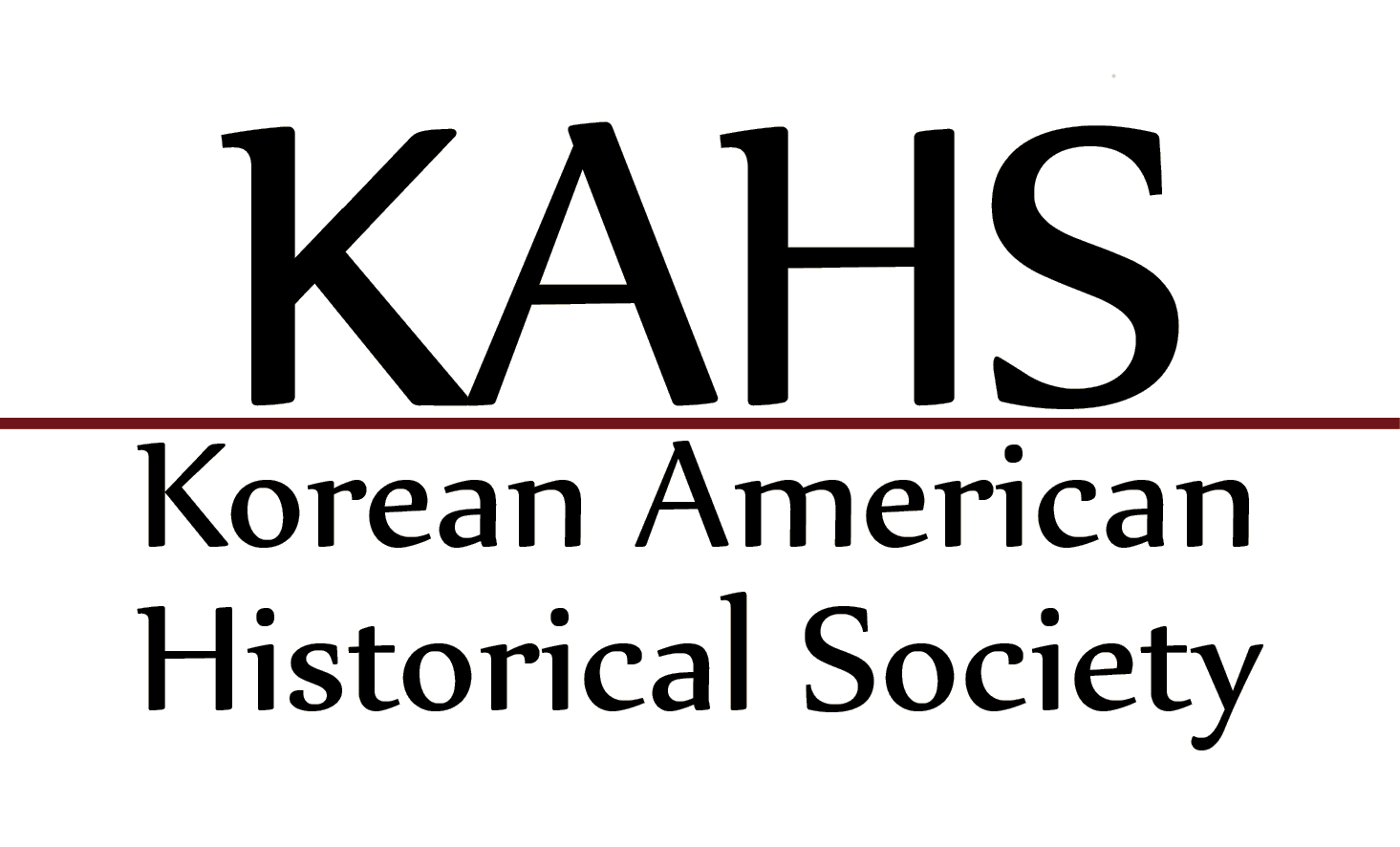BEAM: How to use sources
- Background: using a source to provide general information to explain the topic. For example, the use of a Wikipedia page on the Pledge of Allegiance to explain the relevant court cases and changes the Pledge has undergone.
- Exhibit: using a source as evidence or examples to analyze. For a literature paper, this would be a poem you are analyzing. For a history paper, a historical document you are analyzing. For a sociology paper, it might be the data from a study.
- Argument: using a source to engage its argument. For example, you might use an editorial from the New York Times on the value of higher education to refute in your own paper.
- Method: using a source’s way of analyzing an issue to apply to your own issue. For example, you might use a study’s methods, definitions, or conclusions on gentrification in Chicago to apply to your own neighborhood in New York City.
Citation:
Bizup, Joseph. “BEAM: A Rhetorical Vocabulary for Teaching Research-Based Writing.” Rhetoric Review 27.1 (2008): 72-86. Communication & Mass Media Complete. Web. 4 February 2014.
Margolin , Stephanie, and Wendy Hayden. “How to Use a Source: The BEAM Method .” Hunter College Libraries, https://library.hunter.cuny.edu/research-toolkit/how-do-i-use-sources/beam-method. Accessed 4 Nov. 2024.
Library Catalog Searching - Subject Headings
-
Asian Americans: Subject Heading BrowseSee all the subject headings under the Asian Americans umbrella, as well as related terms.
-
"Asian Americans > Social conditions."Searches the catalog for all materials that are catalogued with this subject heading.
-
"Asian Americans in popular culture."Searches the catalog for all materials that are catalogued with this subject heading.
-
"Asian Americans > Social life and customs"Searches the catalog for all materials that are catalogued with this subject heading.
-
"Asian Americans > Intellectual life."Searches the catalog for all materials that are catalogued with this subject heading.
-
"Ethnic neighborhoods."Searches the catalog for all materials that are catalogued with this subject heading.
Helpful handouts and links
-
Access AnywhereBookmark link that reloads a page with your Cornell credentials, when available.
-
Scan RequestsRequest a scan of an article or chapter of book. This can be of items Cornell owns, or items that we do not own!
Asian American Studies Librarian
Secondary Resources - Databases for Literature Research
-
MLA International Bibliography
 Includes books, articles in books, and journal articles. Does not index book reviews.
Includes books, articles in books, and journal articles. Does not index book reviews. -
Humanities International IndexCitations and abstracts for articles, books, reviews, and reference sources in the humanities. Many links to full text articles.
-
America, history & lifeResources published from 1964 to present on American and Canadian history.
-
Sociology Source UltimateCitations, abstracts, and full text materials. Includes articles and books.
-
JSTORJournal articles. Most items are older than five years.
-
Project MuseJournal articles. Most items are recent publications (less than five years old).
Other Research Resources
-
Calisphere: Asian AmericansDigital exhibit of materials related to Asian Americans. Includes photographs, letters, artwork, oral histories, films, advertisements, and more.
-
Chinese Historical Society of AmericaNonprofit that includes a museum and community archive committed to preserving, and providing access to materials related to "the history of Chinese in America."
-
Japanese American National Museum's Collections OnlineMuseum collection includes over 60,000 artifacts, documents, and more.
-
Korean American Historical Society
 Non-profit focused on archiving Korean American collective memory materials.
Non-profit focused on archiving Korean American collective memory materials. -
SEAAdocSoutheast Asian archive from UC Irvine.
-
South Asian American Digital ArchiveCommunity archive committed to providing digital access to and preserving materials related to South Asian Americans.
-
Southeast Asian Archive (UC Irvine)"Collects, preserves, and makes accessible primary and secondary source materials documenting the history of the Cambodian, Hmong, Laotian, and Vietnamese diaspora." Includes the Vietnamese-American oral history project.
-
University of Southern California: Digital Archives - Asian-American and Pacific Islander Studies
 Materials related to Asian-American and Pacific Islander Studies in the USC digital archives, includes an especially strong collection of materials related to Korean-American studies.
Materials related to Asian-American and Pacific Islander Studies in the USC digital archives, includes an especially strong collection of materials related to Korean-American studies. -
Visual Communications
 Non-profit focused on AAPI film and media.
Non-profit focused on AAPI film and media. -
Welga Digital Archive- Bulosan Center for Filipino Studies
 "Focuses on preserving and presenting the broad aspects of the Filipino American experience."
"Focuses on preserving and presenting the broad aspects of the Filipino American experience."
Other helpful guides
Background Literature Resources
Why use background or tertiary resources?
- Learn important terms, notable scholars or works, and more information about a topic.
- Bibliographies, further reading, and works cited sections can lead you to secondary sources you can use in your research.
- It's a quick overview of a theme, work, author, or other topic, which can save you time!
-
Gale Virtual Reference LibraryMultidisciplinary collection of encyclopedias, biographical collections, specialized handbooks, and more.
-
Sage KnowledgeA database of reference books published by SAGE covering the social sciences and humanities.
-
Asian American Society
More than 300 A-to-Z articles authored by AAAS members and experts in the field. Available online. -
Asian Americans
Includes entries on a wide array of topics on various Asian and Pacific Islander American groups from 1848 to the present day. Available online. -
Encyclopedia of Diasporas
Overviews covers over 20 ethnic groups and topics related to diaspora studies in anthropology, social studies, political studies, international studies, and immigrant and immigration studies. Available online and in print.
Land Acknowledgement
Cornell University is located on the traditional homelands of the Gayogo̱hó꞉nǫ' (the Cayuga Nation). The Gayogo̱hó꞉nǫ' are members of the Haudenosaunee Confederacy, an alliance of six sovereign Nations with a historic and contemporary presence on this land. The Confederacy precedes the establishment of Cornell University, New York state, and the United States of America. We acknowledge the painful history of Gayogo̱hó꞉nǫ' dispossession, and honor the ongoing connection of Gayogo̱hó꞉nǫ' people, past and present, to these lands and waters.
This land acknowledgment has been reviewed and approved by the traditional Gayogo̱hó꞉nǫ' leadership.

